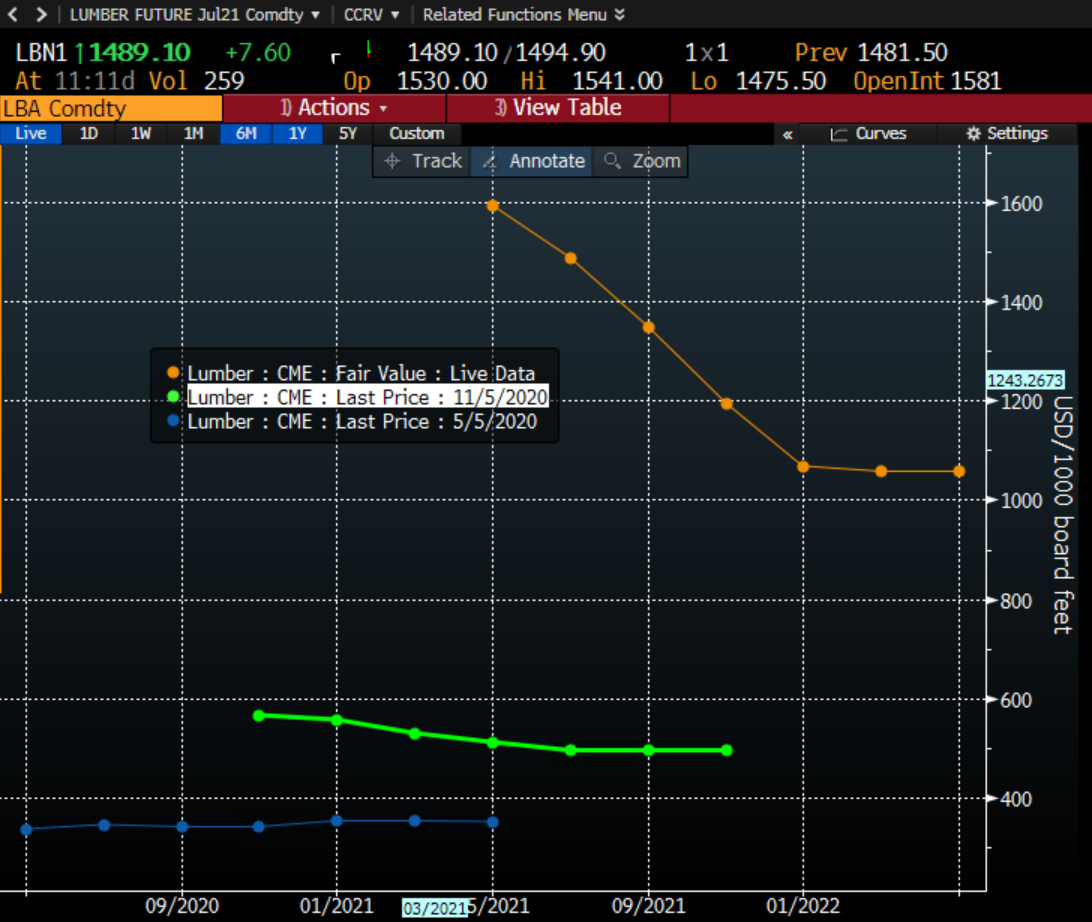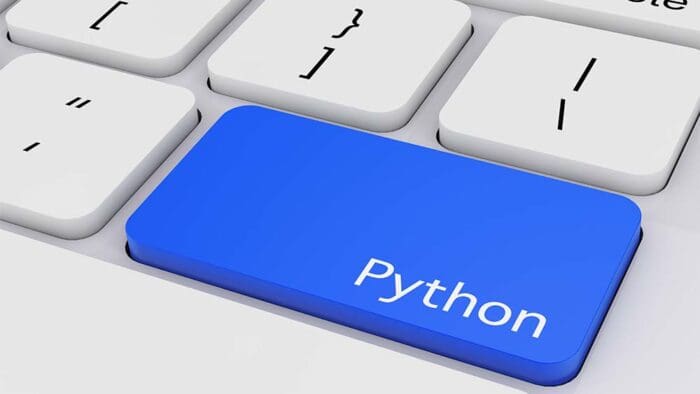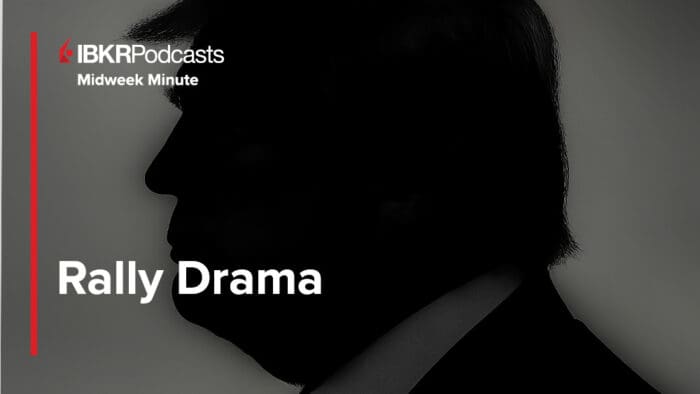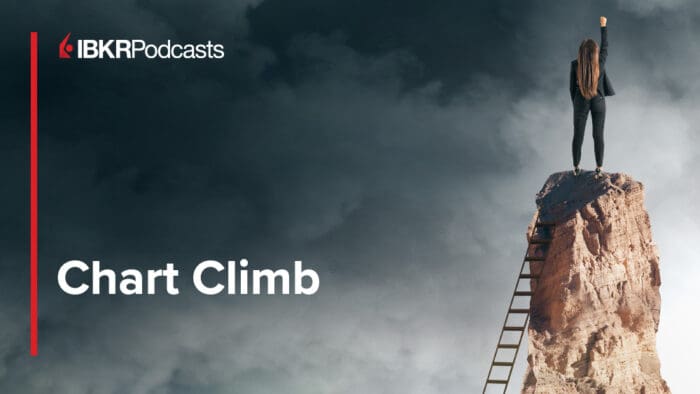Anyone following business news over the past few weeks must be aware of the stunning rises of various commodity prices. Commodities like lumber and copper, which are used to meet demand for housing, are rising at near parabolic rates. Various foodstuffs, like corn and soybeans, are also spiking. The broad move in commodity prices can be visualized in the following chart, which shows the Commodity Research Bureau BLS/US Spot All Commodities Index (CRB) rising sharply to levels not seen in nearly a decade.
CRB Index, 30 Years Monthly Data

Source: Bloomberg
The current rise is certainly spectacular, though it actually pales in comparison to the move we experienced from December 2008 to April 2011. Then, as now, we were emerging from an economic crisis after rounds of fiscal and monetary stimuli. The differences between now and then was that the 2007-8 crisis was longer but the stimuli were greater in 2020-21. During the earlier period, we saw a near doubling of the index after a roughly 300 point rise. A similar rise now would take us to roughly 650, or about 100 points higher than here. Is it reasonable to expect that the additional stimuli could push commodity prices even further? One clue could be derived from the futures markets themselves, since by definition they are the markets’ best estimates of future prices.
Across an increasing number of commodities, traders are saying that prices are higher now than they will be in the future. That is called “backwardation”. Since I believe that the Federal Reserve is looking at backwardation as part of its rationale that inflationary pressures are largely transitory, it is very important that investors properly understand the concepts of backwardation and its counterpart “contango.”
Contango is the normal state of affairs in most futures markets. The origins of the word are murky, probably arising from 18th century London trader slang for a word like continuation. It is often desirable for commodity consumers to want to defer their purchases, especially if the commodity is non-perishable or costly to store. Rather than paying to store a commodity that the buyer might not need until sometime in the future, the buyer can contract to take delivery of that commodity at a later date and invest most of the purchase price of that commodity, hopefully at a risk-free rate. That is why we typically see futures curves, those in contango, rise from left to right. Of course, with risk-free rates largely negligible, many curves have flattened.
If contango is the normal state of affairs, we need a term for the opposite. That is where backwardation comes in. It implies an abnormal state, and a commodity that is experiencing shortages tends to be in backwardation. If demand outstrips supply in the short term, but is expected to normalize at some point in the ensuing months, we tend to see a curve in backwardation.
Lumber futures provide a useful example. The following chart shows sequential lumber futures contracts at different points in time. The orange line shows current prices, the green line shows prices from 6 months ago, and the blue line shows prices from one year ago. The lines don’t match up perfectly because futures expire and are replaced by new ones. At present, the only currently traded future that was available a year ago is the current May contract. That is completely normal. Although we can’t always compare the same specific futures contracts to each other, we can compare general levels and shapes of the curves. The changes should be startlingly obvious.
Lumber Futures Curves, yesterday (orange), 6 months ago (green), 1 year ago (blue)

Source: Bloomberg
We see a flat curve one year ago that rose across the board with slight backwardation over the ensuing six months. That makes sense, no? Interest rates were nil and demand was sparse. Between May and November 2020, the economy was emerging from the worst of the covid-related shutdowns. Economic activity overall and new home construction specifically were picking up, so lumber prices rose across the board (no pun intended), and the front end of the curve reflected some backwardation as demand increased. The current situation shows just how much the combination of incremental demand and speculation have driven prices much, much higher. May 2021 futures rose from about $350, to about $512 six months later, to $1620 yesterday! The original six-month rise was about 46%, the ensuing six-month rise was over 300%! While we know that cryptocurrencies don’t grow on trees, lumber does – yet its rise was similarly astounding.
Where the Fed might see transitory inflation is in the backwardation of the futures curve. Looking six months ahead from here, futures markets estimate the prices in November 2021 to be at $1200 or so – about 25% lower, though still about double what they were a year before that. Lumber is indeed an extreme case, but with a wide range of commodities like corn and soybeans also in backwardation, an economist can credibly state that markets are anticipating price declines. Taken in aggregate, that can bolster the Fed’s view that inflation is transitory.
We can debate whether the Fed’s viewpoint is accurate or healthy, but we don’t have the space to do justice to that debate here. I’ll let the market decide. But it is useful to know what the justification for the Fed’s inflationary viewpoint might be, and give you a better understanding of futures markets in the meantime.
Disclosure: Interactive Brokers
The analysis in this material is provided for information only and is not and should not be construed as an offer to sell or the solicitation of an offer to buy any security. To the extent that this material discusses general market activity, industry or sector trends or other broad-based economic or political conditions, it should not be construed as research or investment advice. To the extent that it includes references to specific securities, commodities, currencies, or other instruments, those references do not constitute a recommendation by IBKR to buy, sell or hold such investments. This material does not and is not intended to take into account the particular financial conditions, investment objectives or requirements of individual customers. Before acting on this material, you should consider whether it is suitable for your particular circumstances and, as necessary, seek professional advice.
The views and opinions expressed herein are those of the author and do not necessarily reflect the views of Interactive Brokers, its affiliates, or its employees.
Disclosure: Futures Trading
Futures are not suitable for all investors. The amount you may lose may be greater than your initial investment. Before trading futures, please read the CFTC Risk Disclosure. A copy and additional information are available at ibkr.com.



















Join The Conversation
For specific platform feedback and suggestions, please submit it directly to our team using these instructions.
If you have an account-specific question or concern, please reach out to Client Services.
We encourage you to look through our FAQs before posting. Your question may already be covered!